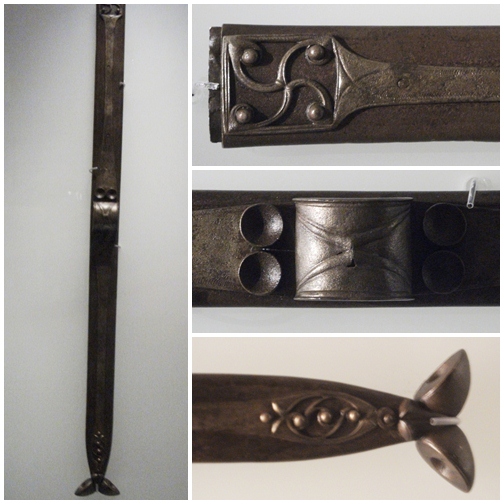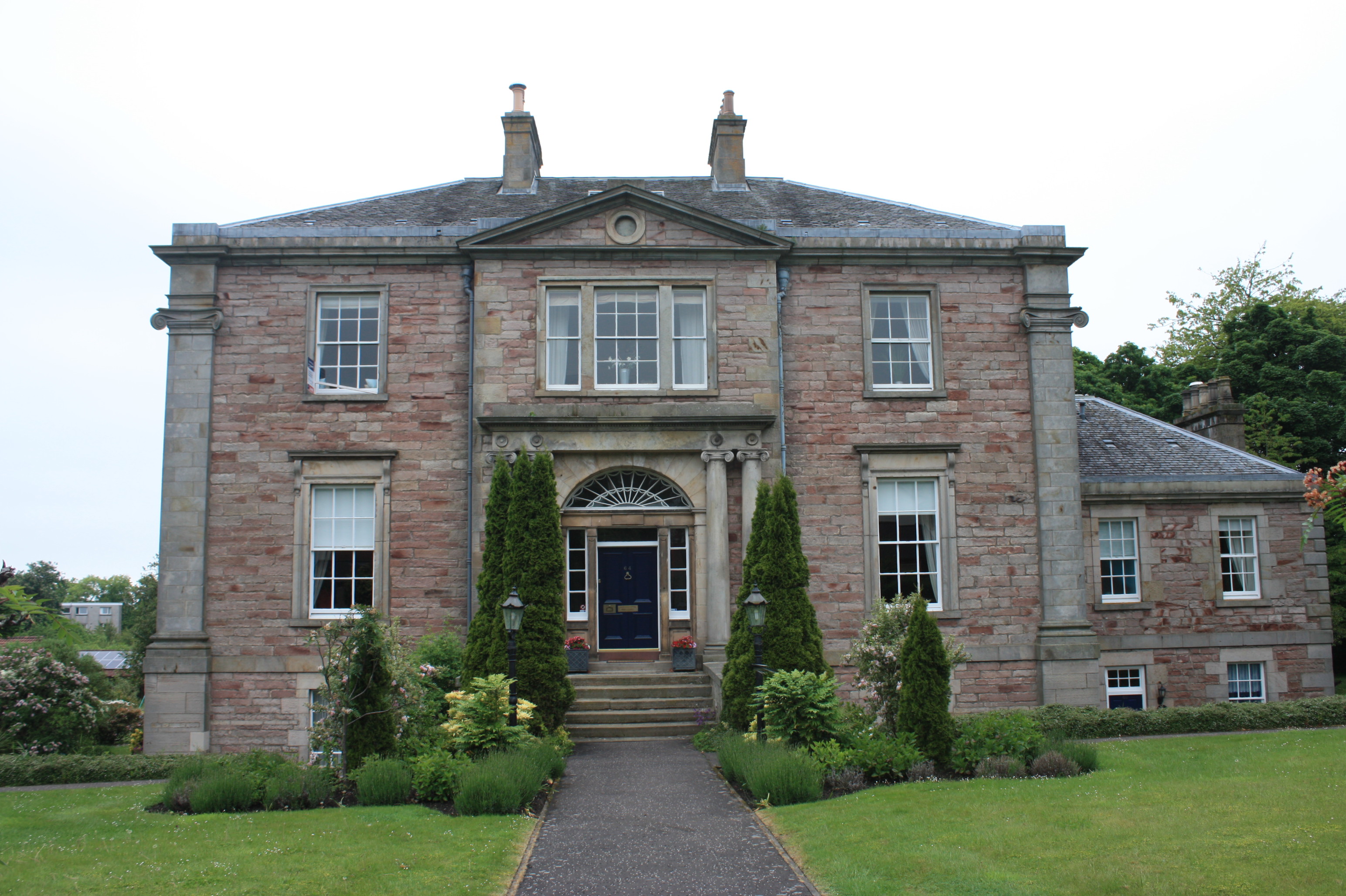|
Morton, Edinburgh
Morton is a locality and former barony, in Edinburgh, Scotland. King Robert I of Scotland rewarded Henry St Clair for his bravery with the gift of Pentland, Pentland Moor, Morton and Mortonhall. The St Clair family disposed of the Morton estate in the late 16th century. In 1630, Morton came into the ownership of William Rigg, whose son sold it to the Porterfield family of Comiston Comiston ( gd, Baile Chaluim, IPA: ˆpaleˈxaɫ̪ɯim is a suburb of Edinburgh, the capital of Scotland. It is south of Morningside and west of the Braid Hills, linking the suburbs of Oxgangs and Fairmilehead. The main road through the area, Co ...; it was later bought back by another son, and in 1789 it was sold to the Trotter family. Morton House was constructed in the 17th century incorporating parts of an earlier structure. Notes References {{coord, 55, 53, 50, N, 3, 11, 38, W, type:landmark_region:GB-EDH, display=title Areas of Edinburgh ... [...More Info...] [...Related Items...] OR: [Wikipedia] [Google] [Baidu] |
Edinburgh
Edinburgh ( ; gd, Dùn Èideann ) is the capital city of Scotland and one of its 32 Council areas of Scotland, council areas. Historically part of the county of Midlothian (interchangeably Edinburghshire before 1921), it is located in Lothian on the southern shore of the Firth of Forth. Edinburgh is Scotland's List of towns and cities in Scotland by population, second-most populous city, after Glasgow, and the List of cities in the United Kingdom, seventh-most populous city in the United Kingdom. Recognised as the capital of Scotland since at least the 15th century, Edinburgh is the seat of the Scottish Government, the Scottish Parliament and the Courts of Scotland, highest courts in Scotland. The city's Holyrood Palace, Palace of Holyroodhouse is the official residence of the Monarchy of the United Kingdom, British monarchy in Scotland. The city has long been a centre of education, particularly in the fields of medicine, Scots law, Scottish law, literature, philosophy, the sc ... [...More Info...] [...Related Items...] OR: [Wikipedia] [Google] [Baidu] |
Robert I Of Scotland
Robert I (11 July 1274 – 7 June 1329), popularly known as Robert the Bruce (Scottish Gaelic: ''Raibeart an Bruis''), was King of Scots from 1306 to his death in 1329. One of the most renowned warriors of his generation, Robert eventually led Scotland during the First War of Scottish Independence against England. He fought successfully during his reign to regain Scotland's place as an independent kingdom and is now revered in Scotland as a national hero. Robert was a fourth great-grandson of King David I, and his grandfather, Robert de Brus, 5th Lord of Annandale, was one of the claimants to the Scottish throne during the "Great Cause". As Earl of Carrick, Robert the Bruce supported his family's claim to the Scottish throne and took part in William Wallace's revolt against Edward I of England. Appointed in 1298 as a Guardian of Scotland alongside his chief rival for the throne, John Comyn of Badenoch, and William Lamberton, Bishop of St Andrews, Robert resigned in 1300 ... [...More Info...] [...Related Items...] OR: [Wikipedia] [Google] [Baidu] |
Henry St Clair, 7th Baron Of Roslin
Sir Henry St Clair was a 13th- and 14th-century Scottish noble, who was the 7th Baron of Roslin and Lord of Catcune. Henry was the son of William St. Clair and Amicia de Roskelyn. He fought at the Battle of Dunbar on 27 April 1296, where he and his father William were captured and he became a prisoner of King Edward I of England at St Briavels Castle. Henry was later exchanged for William FitzWarin in a prisoner exchange. St Clair was the Sheriff of Lanark in 1305. Fought with his two sons John and William at the Battle of Bannockburn on 23–24 June 1314. King Robert I of Scotland rewarded him for his bravery with the gift of Pentland, the forest of Pentland Moor, Morton and Mortonhall. He was one of the Scottish nobles who in 1320 signed the Declaration of Arbroath. He died around 1335. Family and issue Henry married Alice de Fenton, daughter of William de Fenton of Baikie and Beaufort and Cecilia Bisset, and is known to have had the following issue; *William (d. 1330), ... [...More Info...] [...Related Items...] OR: [Wikipedia] [Google] [Baidu] |
Old Pentland
Old Pentland is a locality, former parish and former barony, in Midlothian, Scotland. History The Pentland family were dispossessed of their lands during the Wars of Scottish Independence. King Robert I of Scotland rewarded Henry St Clair for his bravery with the gift of Pentland, the forest of Pentland Moor, Morton and Mortonhall. Parish Erected into a parish before 1275, the parish of Pentland comprised the baronies of Pentland and Falford (or Fulford).Topographical, Statistical, and Historical Gazetteer of Scotland (article on Pentland), publ. A. Fullarton & Co., Edinburgh, 1853Web site of Scottish Corpora, English Language, School of Critical Studies, University of Glasgow www.scottishcorpus.ac.uk/document/?documentid=1409 retrieved 12 June 2021 The parish was suppressed in 1647, and the northern part annexed to the parish of Lasswade, while the southern, comprising the barony of Falford, was united to the new parish of St. Catherine's, now called Glencorse Glencorse ... [...More Info...] [...Related Items...] OR: [Wikipedia] [Google] [Baidu] |
Mortonhall
Mortonhall is an area of Edinburgh, Scotland, on the south edge of the city. The area is along the western end of the Frogston Road between Fairmilehead and Gilmerton; it is just to the south of Liberton and the Braid Hills. The area was the estate of Mortonhall House, a fine country mansion house of 1769, with an exceptional interior. It is thought to be designed by the Edinburgh architect, John Baxter, with interior work added by Thomas Bonnar. The main house has been converted into offices and flats. The stable range (now a bar) dates from around 1780 and is also particularly fine, including an intact cobbled courtyard. The immediate grounds of the Hall contain a caravan site and a garden centre. To the north, the land has been developed as Mortonhall Golf Club; to the east, there is a 1970s housing estate. The land to the south, on the far side of Frogston Road, is mostly farmland. Some half a mile to the west, on Frogston Road lies Morton House, the Dower house to Mo ... [...More Info...] [...Related Items...] OR: [Wikipedia] [Google] [Baidu] |
Comiston
Comiston ( gd, Baile Chaluim, IPA: ˆpaleˈxaɫ̪ɯim is a suburb of Edinburgh, the capital of Scotland. It is south of Morningside and west of the Braid Hills, linking the suburbs of Oxgangs and Fairmilehead. The main road through the area, Comiston Road, is a continuation of Morningside Road, and further south becomes Biggar Road. It is classified as the A702 which runs eventually to Biggar. A part of Comiston Road has signage as Pentland Terrace, the name of a terrace of Victorian houses set back from, and above Comiston Road, with a roadway of its own immediately in front of the houses. Comiston House was owned by the Forrest baronets. Sir James Forrest, 1st Baronet, Lord Provost of Edinburgh The Right Honourable Lord Provost of Edinburgh is the convener of the City of Edinburgh local authority, who is elected by City_of_Edinburgh_Council, the city council and serves not only as the chair of that body, but as a figurehead for the e ..., occupied it from 1837 to 184 ... [...More Info...] [...Related Items...] OR: [Wikipedia] [Google] [Baidu] |
Clan Trotter
Clan Trotter is a Scottish clan of the Scottish Borders.Way, George and Squire, Romily. ''Collins Scottish Clan & Family Encyclopedia''. (Foreword by The Rt Hon. The Earl of Elgin KT, Convenor, The Standing Council of Scottish Chiefs). Published in 1994. pp. 464–465. History Origins of the clan The name Trotter is believed to be derived from the French word which means ''runner'' or ''messenger''. There is a tradition that a brother of Lord Gifford was given the name for delivering a message with great speed to James III of Scotland. The chiefs of the clan in the Scottish Borders were the Trotters of Prentannan in Berwickshire. They followed the Clan Home on many of their forays across the border. A junior branch of the clan, the Trotters of Mortonhall claim to have held their lands as far back as the reign of Robert II of Scotland. 15th and 16th centuries Another junior branch of the clan were the Trotters of Catchelraw. William Trotter of Catchelraw was a knight charged ... [...More Info...] [...Related Items...] OR: [Wikipedia] [Google] [Baidu] |



